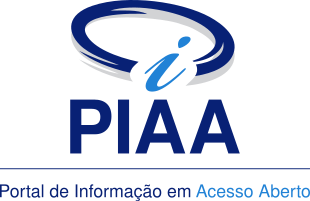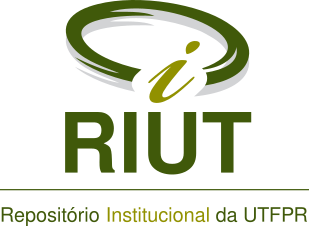trans-RESVERATROL AND ANTIOXIDANT ACTIVITY OF GRAPE (Vitis vinifera sp) BYPRODUCTS
Resumo
Polyphenols from agroindustries byproducts have great potential as a source of antioxidant compounds. The present study evaluated the antioxidant activity and polyphenol content of the husks and seeds of grapes obtained from a winery of the produce wine. The hydroalcoholic extract (HAE) of the husks was obtained through an exhaustive maceration process. Seeds were extracted in a Soxhlet system, mixed with hydroalcoholic solution and the dried extract was partitioned into solvents to yield the chloroform fraction (CLF), ethyl acetate fraction (EAF), and butanol fraction (BUF). The EAF and HAE had phenolic equivalents of 200.76 and 320.64 mg of gallic acid per gram of extract, respectively. The HAE showed higher antioxidant activity than the fractions in the phosphomolybdenum method, the same in DPPH assay, with IC50 of 16.82 mg/mL, and β-carotene/linoleate system, with antioxidant activity of 82.09%. High performance liquid chromatography (HPLC) method was developed and validated for quantifying trans-resveratrol in the HAE. The method showed linearity (2.5-7.5 µg/mL), correlation coefficient of 0.9907, precision and accuracy (resveratrol recovery = 101.02%). The HAE had a trans-resveratrol concentration of 17.33 µg/mg. The results of the validation of the HPLC method were satisfactory, which allowed analysis of the extract with precision and accuracy.
Palavras-chave
Texto completo:
PDF (English)DOI: 10.3895/rebrapa.v7n3.3781
Apontamentos
- Não há apontamentos.
Direitos autorais 2016 CC-BY

Esta obra está licenciada sob uma licença Creative Commons Atribuição 4.0 Internacional.





